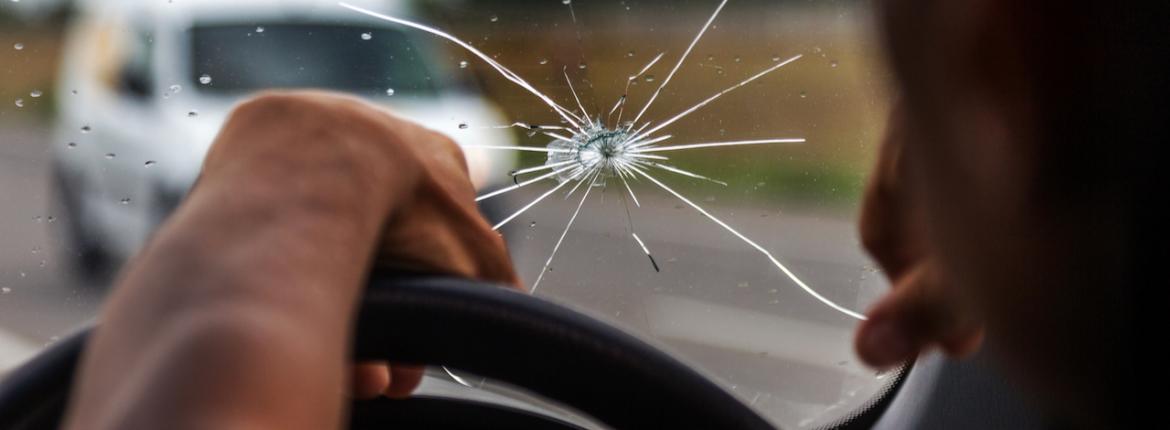Check your tyres and windscreens and take care around batteries.
How are your tyres?
- The correct pressure for your tyres can usually be found on a sticker on the driver’s doorjamb of your car. Check monthly. Tyres lose pressure over time, and underinflation can cause a tyre to flex more than it should, building up heat that can lead to its failure. Underinflated tyres are less fuel-efficient and wear out faster.
 A new car tyre begins life with approximately 8-9mm of tread depth. Legally, the minimum depth of driveable tread is 1.6mm, across 75% of the tyre’s width and around its circumference. However, keep in mind that on wet roads braking performance will progressively decline with lower tread depths and there is also an increased risk of aquaplaning.
A new car tyre begins life with approximately 8-9mm of tread depth. Legally, the minimum depth of driveable tread is 1.6mm, across 75% of the tyre’s width and around its circumference. However, keep in mind that on wet roads braking performance will progressively decline with lower tread depths and there is also an increased risk of aquaplaning.- Look out for any tears, cuts, nicks, bubbles or bulges in your tyre’s sidewalls; these are signs of serious damage to the tyre’s structure and are dangerous. Get it checked immediately and, if appropriate, have the tyre replaced.
- Every tyre has a date code for when it was manufactured. Look on the lower sidewall of your tyre for ‘DOT’ followed by several digits. The last four numbers identify when the tyre was made. For example, 3815 indicates that the tyre was manufactured in the 38th week of 2015. Recommendations on when to replace a tyre vary but many brands, including Ford, Nissan, Mazda and Mercedes Benz , suggest tyres be replaced six years after their production date regardless of tread life.
- Remember to also apply these checks to your spare tyre.
Can you see clearly?
- Check the cleanliness of your windscreen, as a dirty windscreen is a significant risk to safe driving.
- Check that your windscreen wipers don’t smear or miss spots. Properly functioning wipers are important for visibility and also prevent a build up of dirt and rough particles that can scratch glass.
- Obviously a completely broken windscreen can’t be ignored, but neither should slight chips or cracks. Every chip weakens the structural integrity of a windscreen and can quickly develop into a crack that can spread across the entire windscreen. In most cases, a windscreen chip repair takes around 30 minutes. If necessary, it takes about half a day to remove and replace a windscreen, including recalibrating the advanced driver assistance systems often incorporated in the windscreens of modern cars.
Power issues?
- If your car is becoming sluggish to start, consider getting the battery tested and, if necessary, replaced. While jumpstarting a car is an option in an emergency, getting it wrong can cause expensive damage. The safest option is to call the AA.
- AA Roadservice and AA Battery Service vehicles are equipped with top-of-therange surge protectors to revive flat batteries in all modern cars, plus the experienced technicians will use modern battery testing equipment to diagnose your battery system.
Reported for our Autumn 2022 issue




